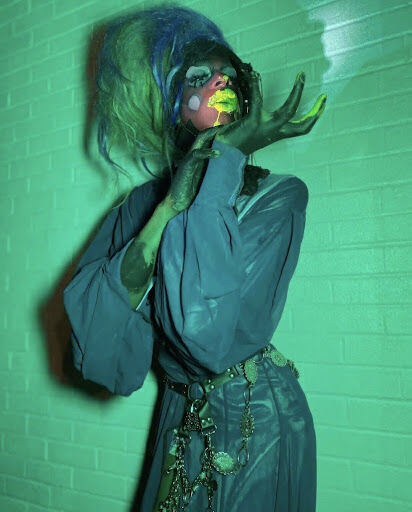The rise and impact of drag culture on the LGBTQ+ community
December 2, 2021
With drag culture popularizing in our society, drag artists explore what is acceptable to mainstream media and what is not.
Up until recent times, drag was considered to be an underground scene that was recognized, but not appreciated.
“Some people think of a drag show and think it’s just a man dressing up as a woman prancing on stage, they don’t want to try to relate or learn the story behind it,” said Flatty Patty The Alien, a drag performer based out of Youngstown.
They’ve been doing drag since around 2017, and love using their platform to talk about trans and minority rights.
What Patty is describing is the attitude the heteronormative society we live in has toward people who are different from them. Drag began as underground because it had no choice as it was not accepted in mainstream culture.
But now, it is in the midst of becoming fully accepted. So that traditional mindset still exists in many places, but a new, open mindset now exists in many other places too.
But that can be confusing for drag artists like Crystal Lite , who went to Kent State and is based out of Akron.
“One person or one part of it might become mainstream, but it will always have to have that underground element,” they said. “The conversation of drag becoming mainstream is a divisive one.”
In the community as a whole, drag artists still have to fight to be accepted in certain places.
But in the LGBTQ+ community, drag is the cornerstone.
“Drag is the new cup of tea, everyone’s drinking it,” Patty said.
Things like RuPaul’s drag race have a huge impact on its viewers, enforcing the idea that it is perfectly fine to be who you are. The expression of oneself is something that can be interpreted differently, but drag exemplifies the idea of truly being yourself.
People get to express their inner self to people who want to watch. To the people who have lived their lives in this community, drag queens are at the forefront of every new trend.
Throughout LGBTQ+ history, drag has been one of the more socially riskier things to do because of how outward and expressive it is. As drag works toward being accepted in our community, it thrives in its own.
As we move past our traditional ideology into a more accepting one, people who do drag will always remain themselves. That’s why it has the impact it does.
Mateo Martin is a reporter. Contact him at [email protected].

























